In Rachel Mohl Abrahams' recent blog on collaborating to sustain innovation, published in eJewish Philanthropy, she maintains that “allies to create field change may be closer than you think.”
Read on eJewishPhilanthropy, or below.
Don’t look too far: Allies to create field change may be closer than you think
Funders are often seeking ways to help nonprofit organizations become more effective and more efficient in achieving their goals. Could it be a win-win to unite providers with shared constituencies in a way that strengthens them individually while bolstering a system as a whole? The Jewish Education Innovation Challenge (JEIC) is attempting to do just that, by working with educational providers that develop embedded expertise in Jewish day schools to enhance the outcomes for the entire field of Jewish education.
Not So Likely Partners are Often the Best Partners
JEIC’s Developing Embedded Expertise in Jewish Day Schools Program (DEEP), funded by the Mayberg Foundation and with launch support from The AVI CHAI Foundation, has created a professional learning community (PLC) bringing together 18 educational providers to learn from each other and expand their own expertise and efficacy while surfacing synergies and potential collaborations that might serve the field. What they share in common is key. Each organization provides professional development to Jewish day schools through coaching, mentoring and workshops that foster the development of the schools’ staffs to become embedded experts in particular areas of innovation. Their work ranges from specific content to pedagogic approaches to leadership development.
Together, the professionals are learning about the breadth of offerings represented by peers in the PLC, developing trust among the agencies they represent, and sharing approaches, techniques, and effective practices with the other participants. Using a Critical Friends model, they are recounting their challenges. Peers provide constructive, collaborative solutions, with the goal of affecting wide-spread change benefiting each other’s organizations and the field at large.
Working Together to Sustain Innovation
What does developing embedded expertise in schools look like? The professional development provider works with an appointed school staff member who has been selected as a coordinator. That teacher becomes the school’s instructional leader for the specific innovation, bringing the training from the provider to their colleagues. The coordinator can then train the other teachers, in-house, at their school. Once the coordinator’s training is finished, the capacity to continue innovating and improving instruction has been built at the school level and will necessitate less reliance on the external provider.
When schools build capacity to continue their work past the period of initial support from a professional development provider, the instructional shift is more sustainable compared to when a school works with that provider for only a finite amount of time. While each organization participating in the DEEP PLC works with schools differently, the goal for each is the same—to continue to impact change at the institution, even after they have finished their contracted work.
Collaboration Can Be a Valuable Approach for Navigating a Crisis
The DEEP PLC has proven vital during the pandemic, with schools and educational providers having to quickly pivot to and sustain online instruction. Each participant in the PLC benefited from colleagues, who shared their organization’s experiences, discussed their successes and challenges, and assisted one another in thinking about professional development in a COVID-19 world. Facilitating communication among providers who may be seen as “competitors” has led to some of them working together, which reduces duplication and presents a richer offering to the day school field.
Over the course of 2020, in addition to meeting regularly, the group communicated asynchronously about field-wide change they can create together. Participants are now developing criteria for high quality job-embedded professional learning that can be applicable to a wide variety of educational providers. The PLC members are eager to explore as a group ways they can educate and advocate within the Jewish education ecosystem so that they can have an impact on raising the efficacy of professional development opportunities.
Rising Tides
With businesses and organizations shifting their work – in nearly every field – as a response to the pandemic, it is the perfect time to ask how collective effort can improve both an individual entity and an entire field. A PLC model can work to elevate nearly any discipline, as facilitated, joint learning often strengthens the individual as well as the sphere as a whole. When organizations unite, they gain a stronger voice to advocate for their work and their ideas.
Not only is uniting a win-win for the providers and the field of Jewish education, but the return on investment also extends to the funders of the programs, which get a bigger “bang for their buck.” A unified cohort of providers can improve the sustainability of each project, which bolsters the investment in particular organizations. We have found that true cooperation has been created where there was no former collaboration, and, by working together, each institution’s potential impact is additionally directed towards improving the outcomes in the field as a whole.


